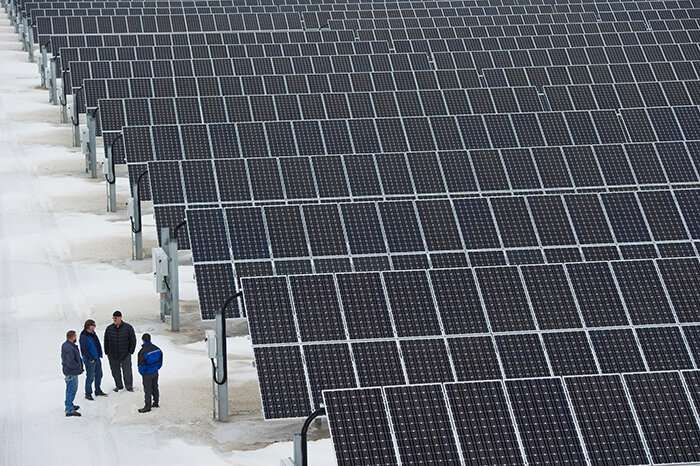
Climate change is a major environmental challenge of our time. It is accelerating due to excessive carbon emissions from non-renewable energy sources, including fossil fuels. Given these circumstances, governments worldwide are framing policies to achieve carbon neutrality by promoting green energy.
This has led to the development of various renewable energy sources (RESs)—solar panels, windmills, and turbines—as a substitute for fossil fuels. Interconnecting these RESs to power supply networks is necessary. In this regard, microgrids (MGs), which integrate renewable and non-renewable energy sources and energy storage systems, are a promising solution. But, their efficient operation is challenging owing to the unsteady availability and uncertainties of RESs. For instance, RESs based on solar energy cannot perform efficiently on cloudy days.
As a result, MG operators cannot bid profitably in the day-ahead energy market where they must promise energy supply for the next day.
Thus, there exists an evident need to precisely predict uncertainties in RESs, their energy demand, and the market prices. Existing conventional prediction methods consider various possible future scenarios and their probabilities. This approach has several drawbacks, including a low prediction accuracy. To overcome them, researchers have resorted to deep learning-based models. While they make accurate predictions, their hyperparameters—variables that control the learning process—must be appropriately optimized.
Against this backdrop, Professor Mun-Kyeom Kim of the Department of Energy System Engineering at Chung-Ang University, Korea, in collaboration with Mr. Hyung-Joon Kim, recently proposed a novel deep learning-based forecasting model to accurately predict the uncertain parameters for optimal and profitable microgrid operation. Their work was published Applied Energy.
“The proposed data-driven forecasting method employs a long short-term memory (LSTM) model, an artificial neural network with feedback connections. Its hyperparameters are optimized by a genetic algorithm-adaptive weight particle swarm optimization (GA-AWPSO) algorithm, while a global attention mechanism (GAM) identifies important features from input parameter data,” explains Prof. Kim.
“Both these algorithms can help overcome the limitations of the conventional methods and improve the prediction accuracy and efficiency of the LSTM model.”
In their work, the researchers also developed a data mining and incentive-based demand response (DM-CIDR) program for handling uncertainties pertaining to energy demand and market prices. Herein, ordering points to identify the clustering structure (OPTICS) and k-nearest neighbor (k-NN) algorithms were used to determine the optimal incentive rates for customers in the day-ahead energy market.
To demonstrate the performance of their GA-AWPSO-LSTM-GAM model and DM-CIDR program, the researchers implemented them on the historical Pennsylvania-New Jersey-Maryland(PJM) Interconnection energy market data. The model had a lower forecasting error than existing prediction models and provided the best correlation values for predicting the availability of RESs. In particular, it obtained a coefficient of determination value of 0.96 for solar panels, surpassing that obtained from the existing models.
With these findings, the researchers have high hopes for their proposed prediction model. “It will accelerate the integration of renewable resources in power supply networks while enabling MG operators to solve day-ahead energy management issues. This, in turn, will improve the regional electric grid reliability, provide low-cost clean energy to people, and promote local sustainability. Ultimately, it can open doors to zero-emission electricity sources that can make carbon neutrality by 2050 a realistic goal to achieve,” concludes Prof. Kim.
More information:
H.J. Kim et al, A novel deep learning-based forecasting model optimized by heuristic algorithm for energy management of microgrid, Applied Energy (2022). DOI: 10.1016/j.apenergy.2022.120525
Provided by
Chung Ang University
Citation:
Using deep learning to develop a forecasting model for efficiently managing electric grids (2023, March 1)
retrieved 1 March 2023
from https://techxplore.com/news/2023-03-deep-efficiently-electric-grids.html
This document is subject to copyright. Apart from any fair dealing for the purpose of private study or research, no
part may be reproduced without the written permission. The content is provided for information purposes only.
Stay connected with us on social media platform for instant update click here to join our Twitter, & Facebook
We are now on Telegram. Click here to join our channel (@TechiUpdate) and stay updated with the latest Technology headlines.
For all the latest Technology News Click Here
For the latest news and updates, follow us on Google News.
